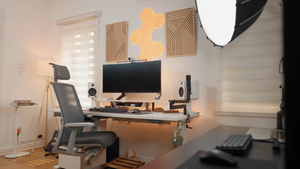Why are SFF PC Builds More Popular Anyway?
Small Form Factor builds are more expensive and typically take more time and effort compared to large PC Builds. You’d think that would deter the PC community, yet it’s the exact opposite.
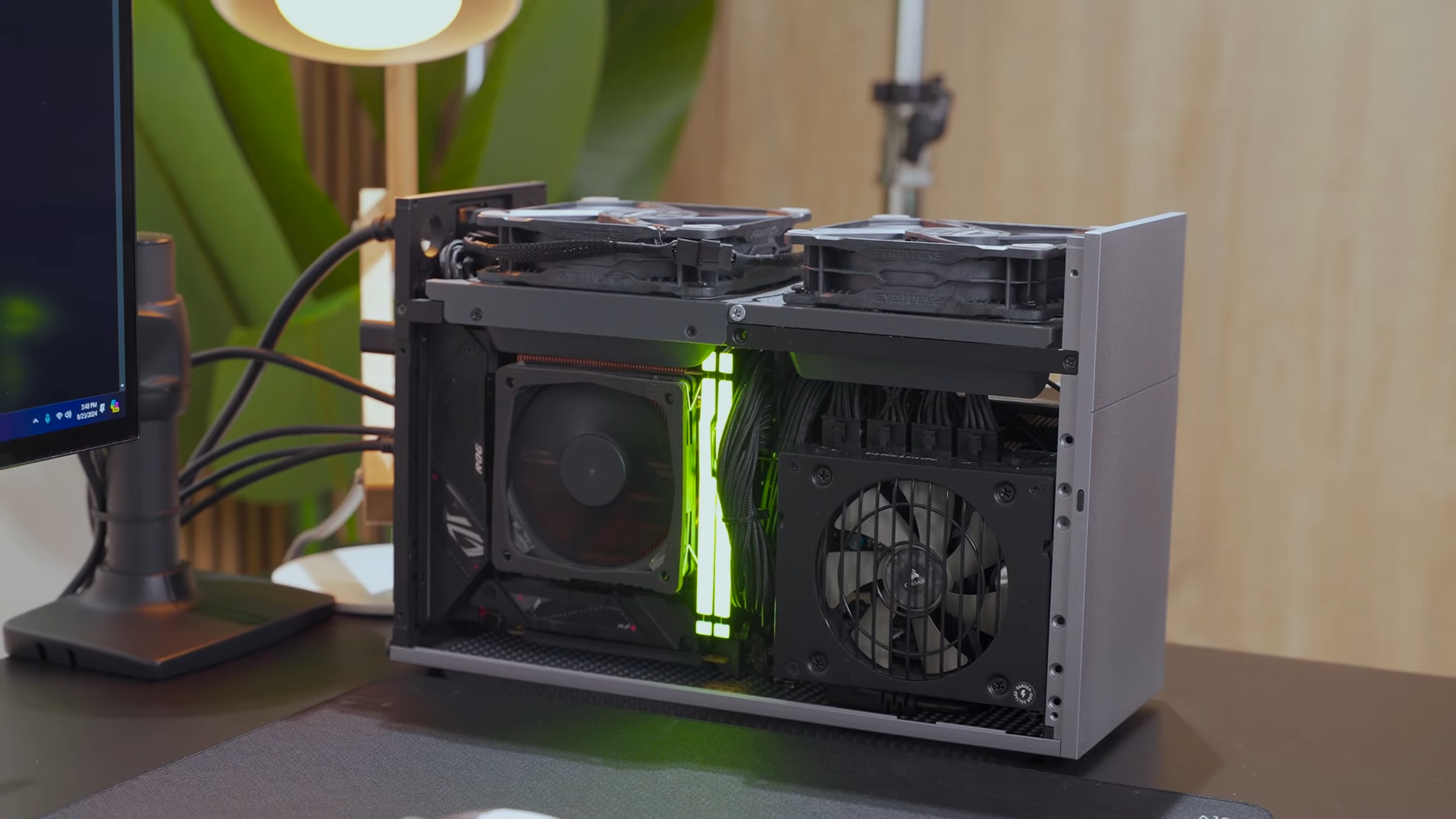
Small Form Factor builds are more expensive and typically take more time and effort compared to large PC Builds. You’d think that would deter the PC community, yet it’s the exact opposite. The interest in building small form factor PCs has continued to grow and you might be wondering, what’s all the SFF rave about?
Well, I’ll tell you:
PS: Some links below are affiliate links, for which I receive a small commission at no extra cost to you. When you purchase through the links, you support my content. Thank you.
It’s a Flex to Build an SFF PC
Building a small form factor PC takes creativity. In the PC-building community, fitting a powerful GPU like an RTX 4090 and CPU into a 10L or 11L case is genius because it takes a knack for problem-solving and creativity to get something like this done without running into problems like overheating or airflow issues. It also takes meticulousness to plan and select the right components for a small form factor build and we’re proud of ourselves when we can pull it off, turning a small form factor build into a beast.
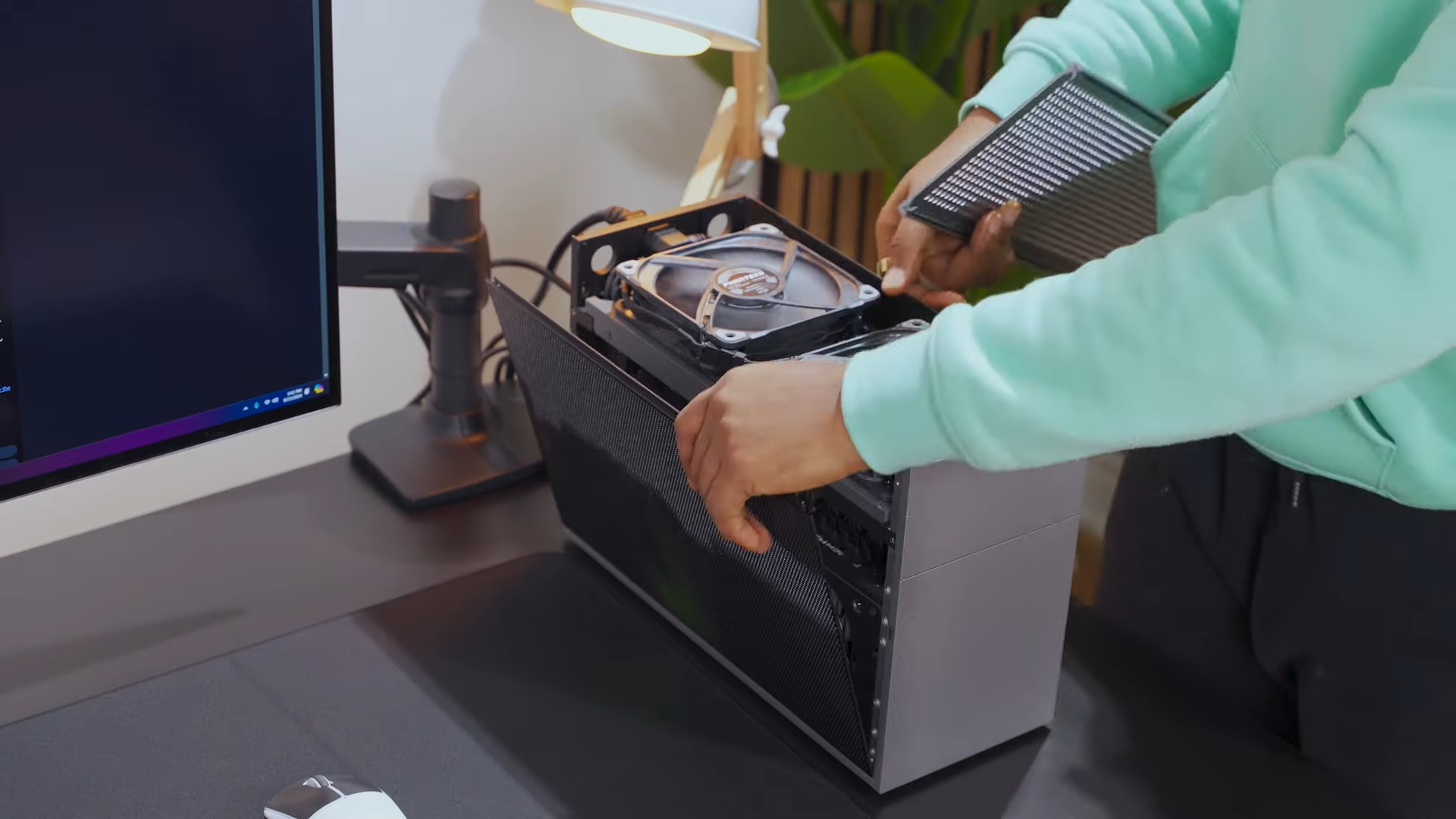
Space Efficiency
Why have a huge 90L fish tank on your desk when you can have an 11L PC that is just as powerful?

Large PCs take up so much desk space, leaving little for you to get other things done on your desk. Plus, sometimes after fitting the components, there’s still so much space left in the case with nothing to fit into it. Some people end up buying high-end fans in a desperate attempt to fill up all the case space which ends up as a squandered budget. Others will say that larger builds have expansion potential but if we’re being honest, it’s often unnecessary with no actual expansion happening in years.
Portability
My Dan A4 H20, NR200P, and FormD T1 SFF PCs fit right in my bag when I have to work on a trip. This is largely impossible for large PC Builds. The portability of small PCs also makes them great for small desks, living rooms, and entertainment centers.
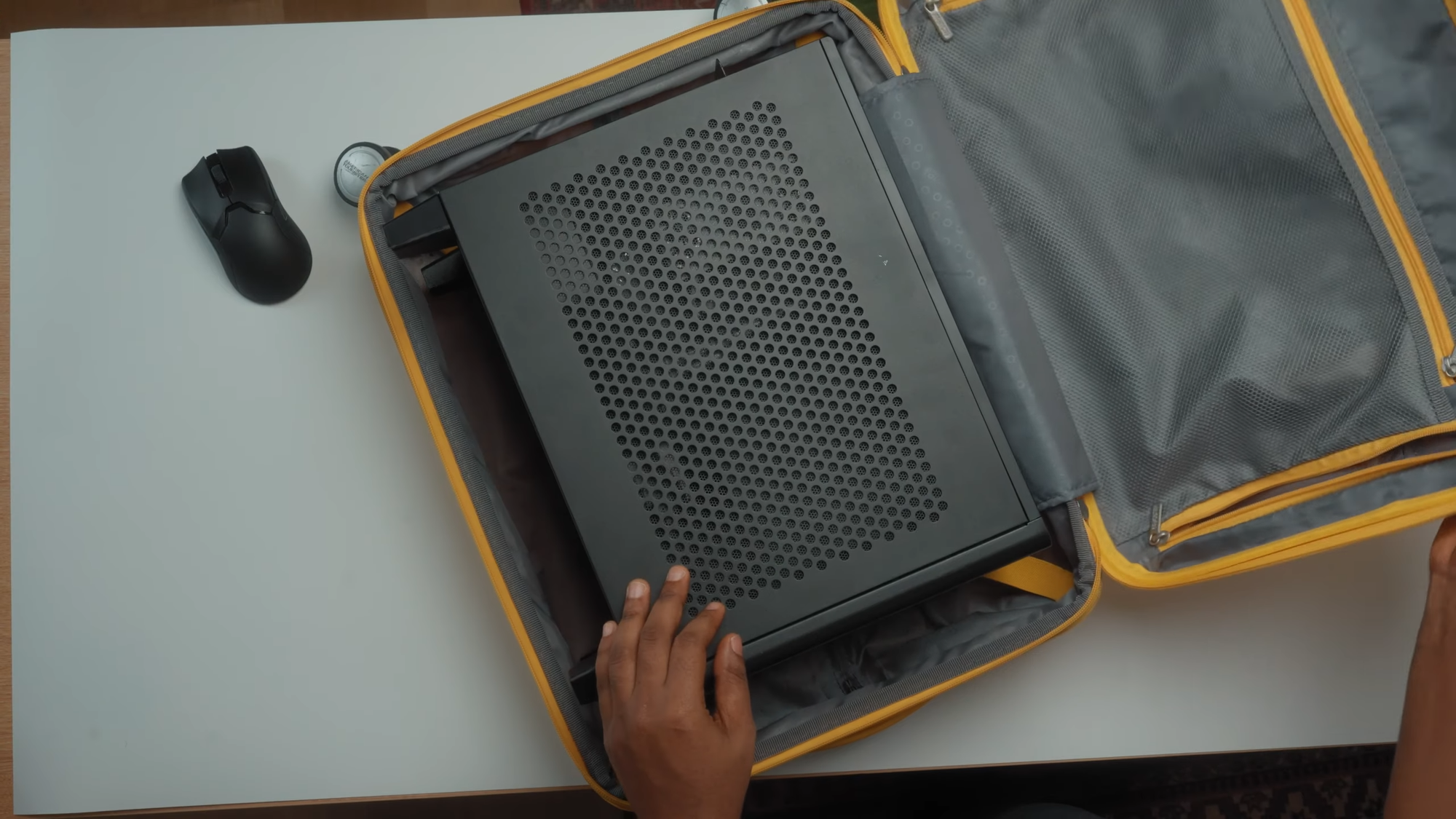
Aesthetic Appeal
I’m a sucker for aesthetics, and so are most people in the SFF PC community. SFF PC cases are often sleek and modern, and use premium materials like tempered glass and aluminum, making them beautiful to look at. They look good in clean and minimalist desk setups.
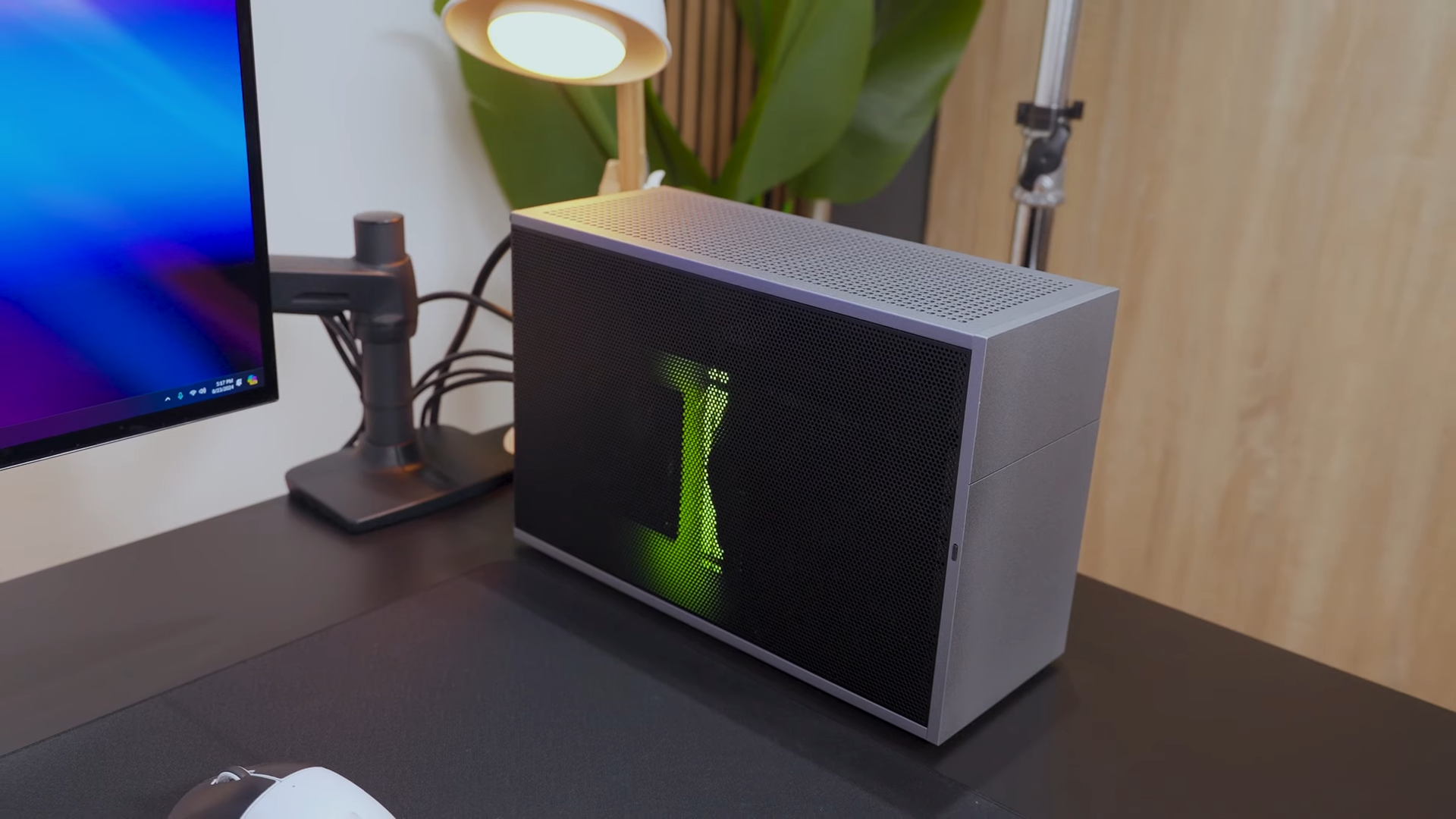
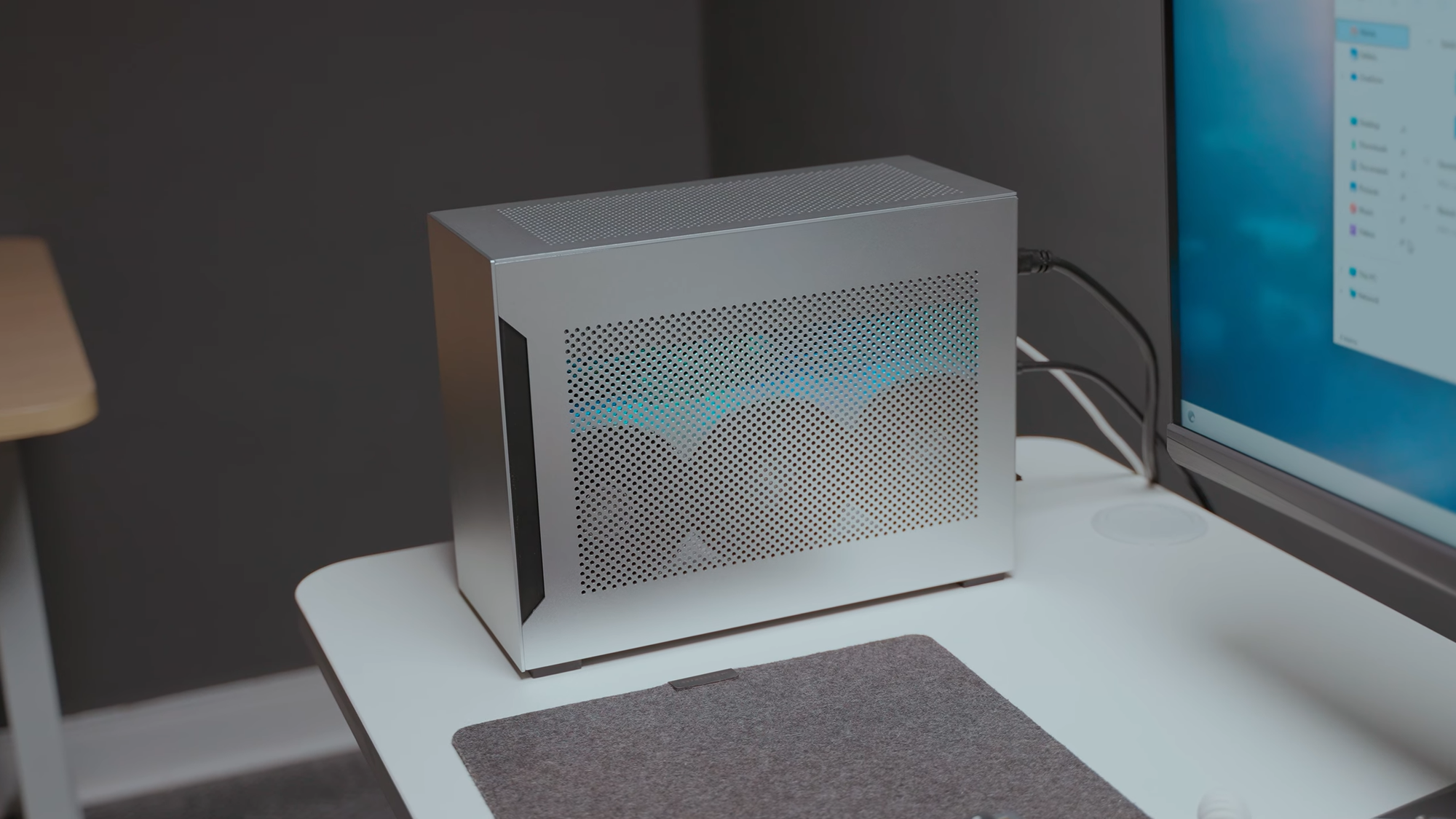
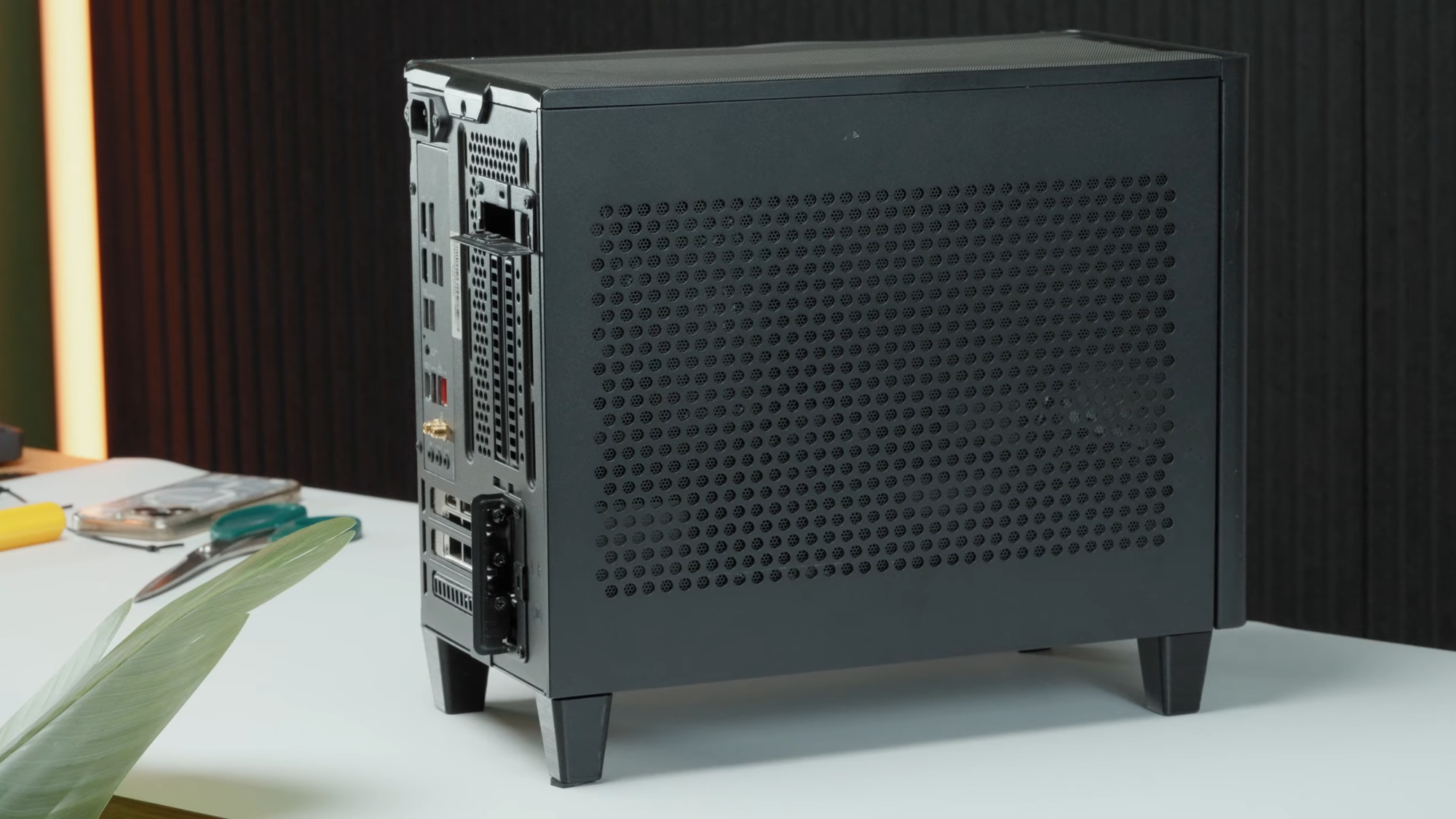
This is unlike large PC cases that are often distasteful and bulky when it comes to aesthetic appeal. Matter of fact, companies like NCASE, FormD, Dan, LianLi, and Louque have been able to build cult-like followings with their thoughtfully designed cases.
Plus, a small case gives you an opportunity to meticulously organize components without having it look tacky or empty.
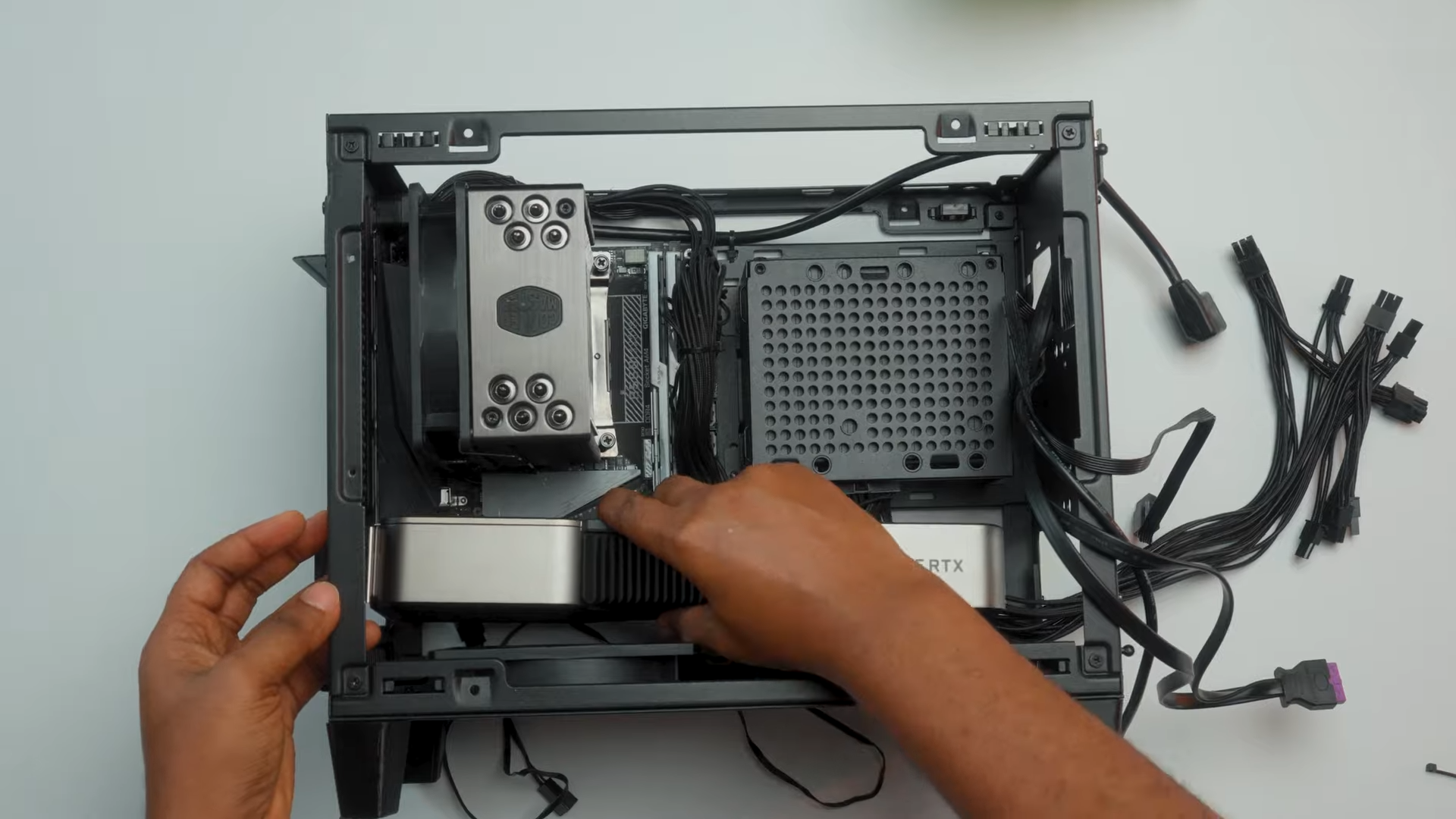
Energy Efficiency
Since SFF PC Builds have less room for expansion cards, RGBs, and extra fans, and typically try to manage thermals by balancing out components and power supply, SFF Builds are more energy efficient. This means that they are potentially better for the environment.
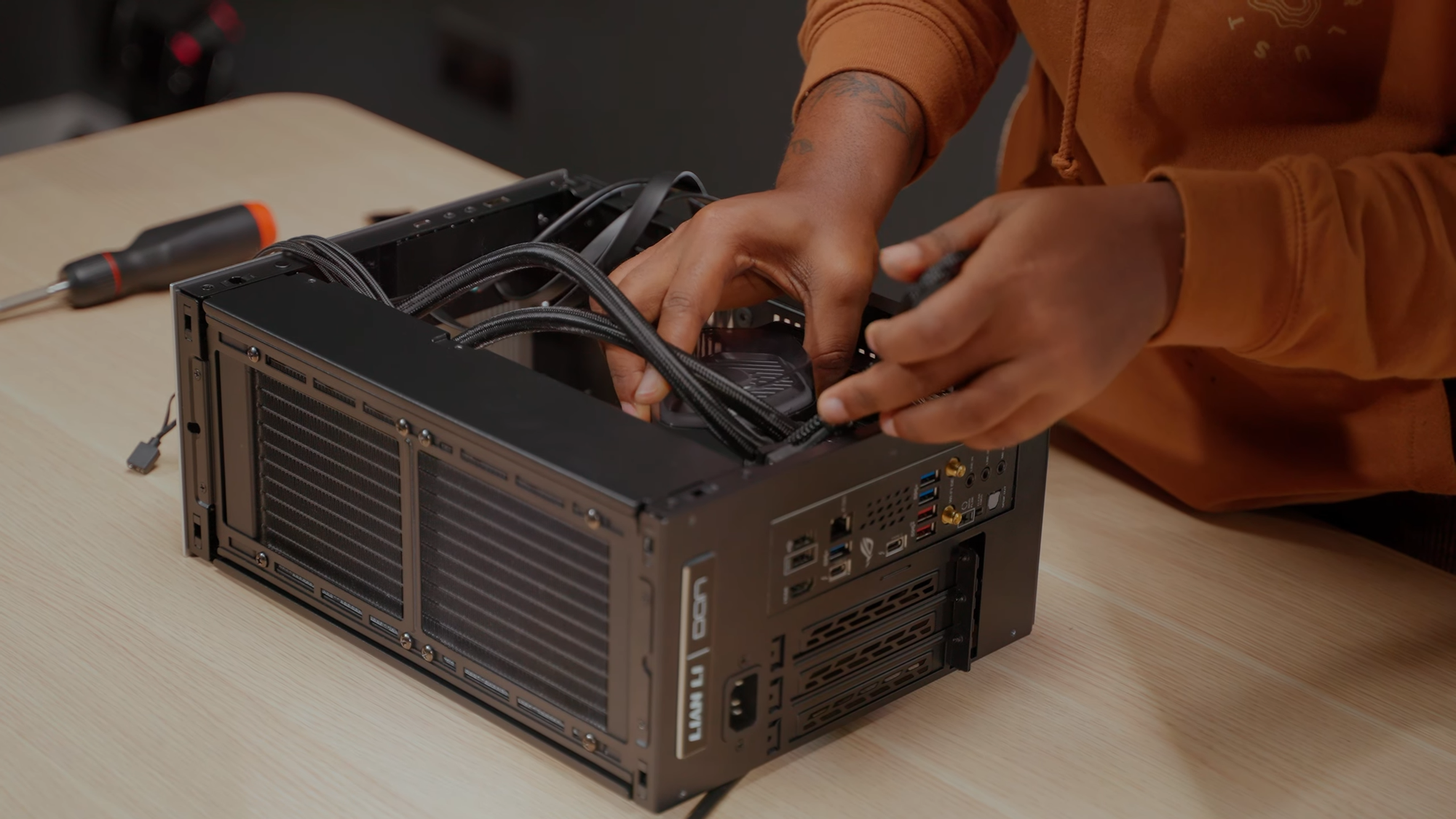
The best thing about the SFF PC Build community is how creator-centric it tends to be. There are lots of possibilities in the SFF space so many people try their hands on designing or 3D printing cases, reviewing components, and creative builds. There are dedicated discord servers, subreddits, websites sharing builds (like mine), new releases, and SFF tips.
Why Not Just Get a Gaming Laptop and eGPU?
If you’re wondering about this, I hear you. Gaming laptops can be just as powerful, but they’re also bulky, more expensive, noisier, and less portable compared to small form factor PC Builds. Many of them are above $2000, meanwhile you can build a small form factor PC for a little over $1000.
The only selling point I think gaming laptops have over SFF PCs is the integrated screen, which isn’t much of a selling point with the rise of portable monitors. Not to mention, with a custom-built PC, you can choose your components and upgrade easily to improve performance and shelf-life.
eGPUs are a great solution on paper, allowing you to have a lightweight portable computer while being able to perform heavy work with the eGPU, but there are still a few problems here:
- They’re large, the smallest being about 3L. Some reach up to 14L in size which is kind of ridiculous.
- Your laptop will need Thunderbolt 3 x4, plus there isn’t enough bandwidth on the ports to realize full performance.
- You’ll need an expensive enclosure.
- They require too much precision, care, and time to use which can be exhausting
Overall, I truly believe SFF PCs are the best option for you since it’s great for both heavy work and gaming, without a lot of gymnastics apart from building it, which in itself could be a really fun hobby.


